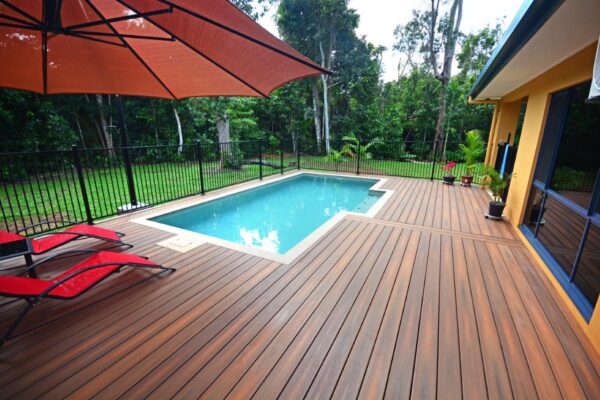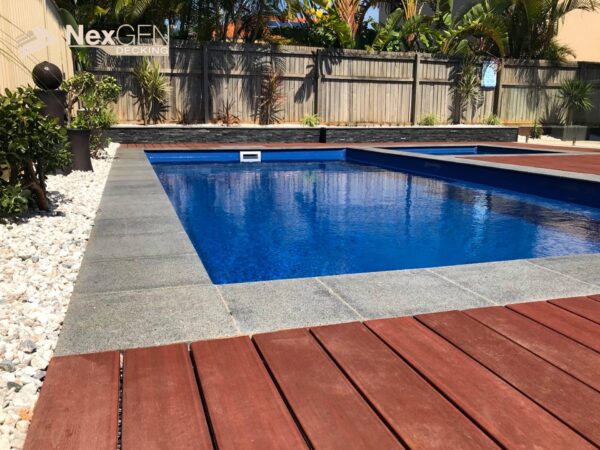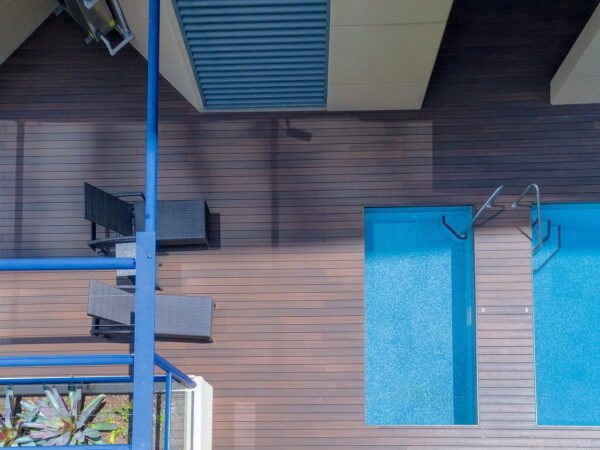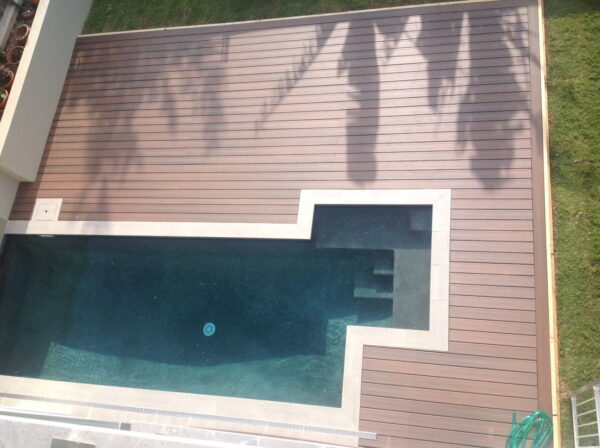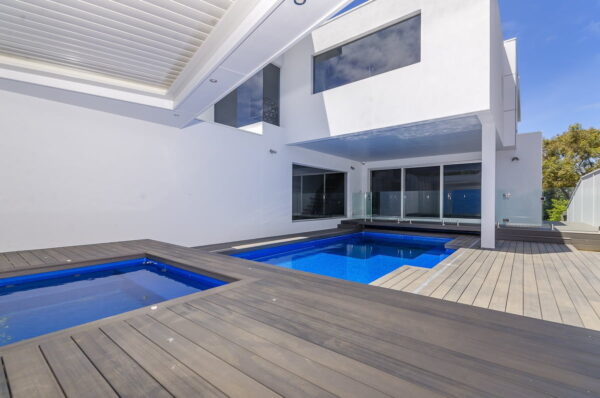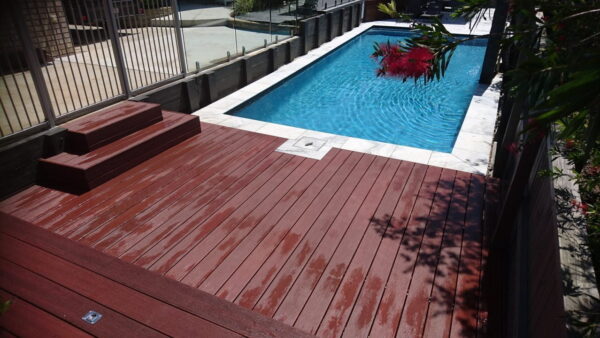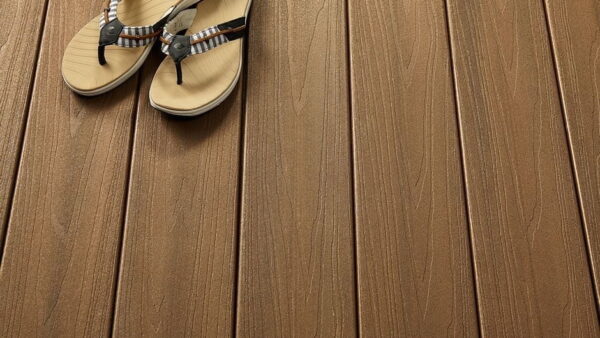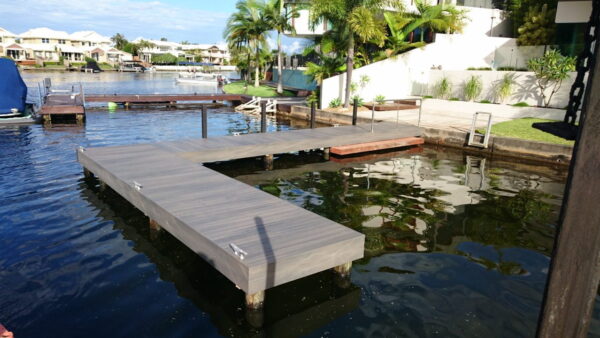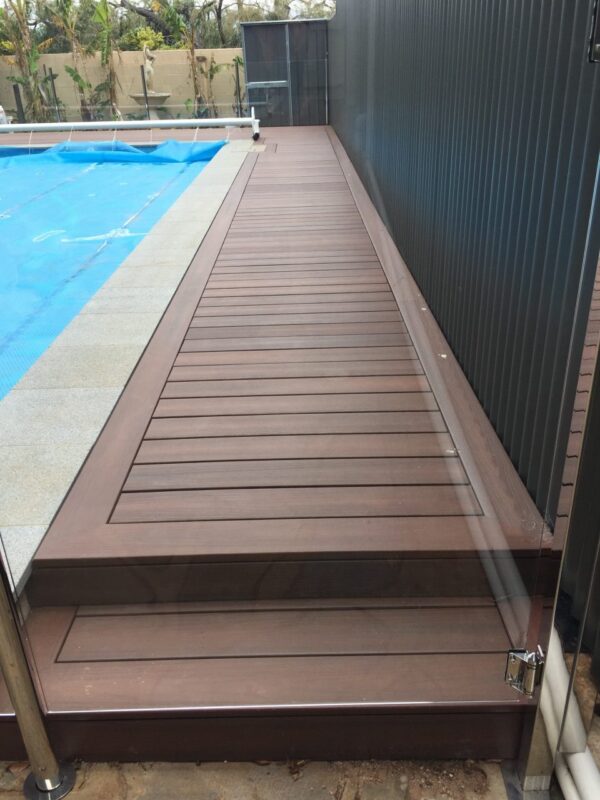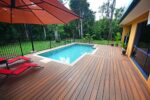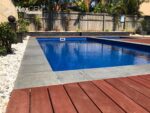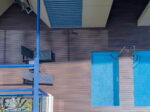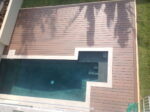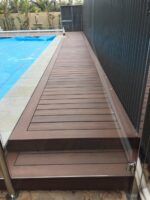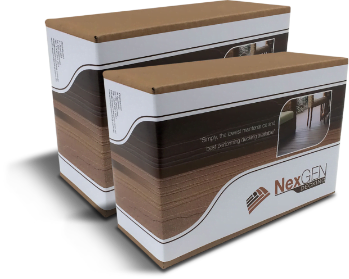When you build a deck, the right material can be absolutely crucial. Even the most well-designed space matters little if it doesn’t look or function right. And that statement is nowhere more true than at times that call for slip resistance.
Outdoor decks get wet. Rain or splash over from a pool can make sure to test the quality of your materials. When that happens, you need to not just make sure it holds and doesn’t deteriorate, but also provide safe passage to anyone who happens to step foot on it. That is true for both residential and commercial use cases.
In other words, you need to find the best possible anti-slip decking material for your needs. Fortunately, you can get to that point using a methodical process that eliminates any potential weak spots. First, though, you’ll have to answer a simple question: what are you using your deck for?
Potential Needs for Non-Slip Outdoor Decking
If you don’t know your exact situation, you cannot find material that suits that situation. That much is true for any construction project, and certainly remains true for your deck. The fact that it’s an outdoor deck should only be your first point of emphasis. The use case comes in a close second.
Chances are, if you are looking for non-slip decking, that you are considering an outdoor area that tends to get wet. That’s an important first point. Next, it makes sense to understand just why that happens. For instance, is the deck constantly exposed to the elements in a rainy climate? Or does it simply attach to an outdoor pool that could lead to this wetness? Both might require different types and strengths of materials.
Moving from personal to commercial application also makes a difference. An aged care facility, for instance, has to take special care in making sure that none of its residents can potentially slip on outdoor decking or ramps. The same is true for any facility or public building that seeks to accommodate disabled visitors or employees.
That’s not to say domestic and residential use cases don’t matter. In each case, you need to make sure that your core goal is covered: no one should be able to slip on your decking. Accomplishing that goal, of course, requires very careful consideration of the right decking material for your needs and situation.
How to Find the Best Possible Anti-Slip Outdoor Decking Material
Based on the situation in which you need and will use the deck, it’s time to find out exactly what type of material actually suits your needs. Here, your first step is to evaluate your options.
1. Evaluate your non-slip decking materials carefully
First, eliminate all options that are not composite. That’s because metal can quickly become slippery, while pure wood will not hold up well against the elements over time and will need constant treatment just to stand a chance. Only composite options make sense for a low-maintenance, reliable, long-term solution.
2. Check the slip resistance rating
It makes sense to evaluate actual slip resistance. Even if you choose composite, not all elements are the same. In Australia, a number of slip resistant codes have been developed specifically to help you understand where the materials you’re evaluating rank. One important test leads to Ramp Slip Ratings, which determine how much of an incline you can still walk without slipping depending on the material.
Within this context, the most common rating is R10, which means you can walk up an oil wet platform at an incline of 10, but less than 19 degrees using specialized boots without worry. Naturally, this incline is generally positive, but might not be enough if you’re considering a ramp or handicap accessible deck. In that case, look for higher-rated decking materials.
3. Consider your budget
Finally, price is an important consideration. Slip resistance matters little if you cannot afford the materials. Learn about your options, then set a specific price that helps you stay within your budget and still find an outdoor, anti-slip deck you need.
NexGEN’s Non-Slip Composite Decking
Keeping your footing in all conditions is worth a little extra consideration – depending where you live, it may be wet a significant portion of the year. Keeping yourself and others safe by reducing hazards around a home or business is always a good idea.
NexGEN has a range of composite capped decking designed to withstand Australia’s harsh and variable conditions. In terms of non-slip decking in our range, we recommend:
NexGEN Good Life Range
Our range of Good Life capped composite boards have an R12 anti-slip rating, making them an attractive slip-resistant choice that’s perfect for around your home or in commercial areas. Unlike traditional timber decking, which can become more slick over time as it degrades or as grime builds up, Good Life capped composite decking will stay as-new for a lifetime.
This range is available in Cabin and Cottage, two solid colours that give the effect of traditional stained or painted decking. These boards are BAL19 bushfire rated, have a 25-year stain, fade and structural warranty, and they won’t scratch or splinter – perfect for the family home, where delicate little feet may be toddling about.
NexGEN Escapes Range
The Escapes capped composite range offers four stunning colours that are inspired by Australia’s beautiful natural outdoor environment: Blackbutt, stringy bark, slate, and white oak. They’re also rated at R12, meaning they have a lower slip risk than most timber.
This composite decking range is perfect for those seeking a natural wood look, with unique and custom embossing that doesn’t look mass produced or fake. It’s perfect for high traffic areas with a 30-year stain, fade and structural warranty and a BAL19 bushfire rating.
Quality Anti-Slip Decking Options
For decking that won’t warp, fade, stain, or become slippery, you can trust NexGEN’s range. If you’re not sure which colour is right for you, or want to see it in your own space, you can request a sample pack at any time. Our friendly team would love to help – why not contact us today for assistance and advice on your next decking project.
Contact Us
Of course, you might still wonder just how this and other decking materials options might fit with your needs. In that case, it might be best to chat about potential use and installation possibilities. Contact us to get the process started, and to make sure that the decking material you choose are your best possible choices for the environment and to prevent falls.
Products
Gallery
Contact
Direct Office Numbers
Adelaide – (08) 6316 0469
Brisbane – (07) 3041 6065
Melbourne – (03) 8672 6444
Sydney – (02) 8072 6220

